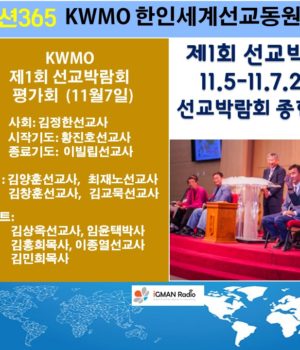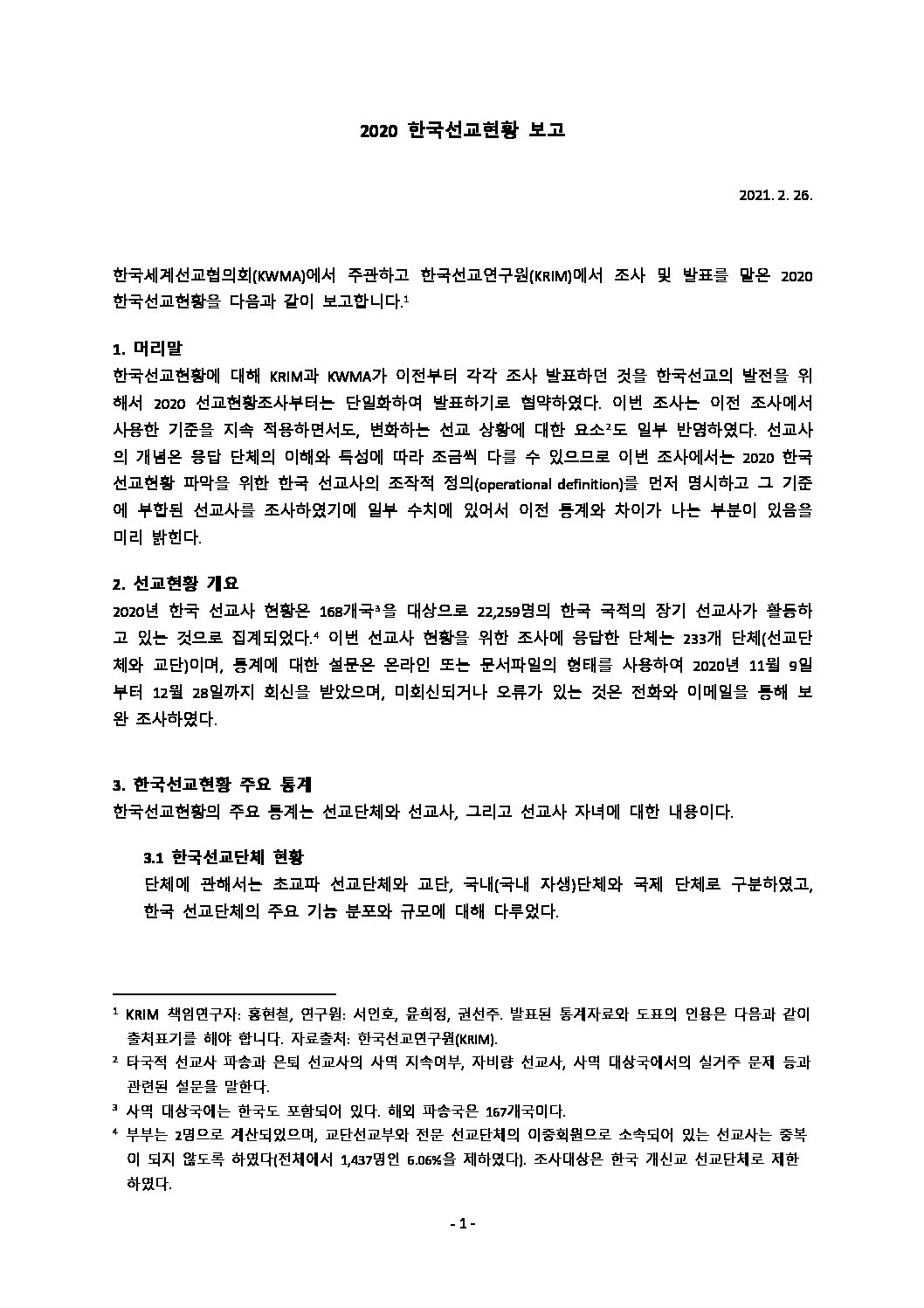2014년도의 미국교회들의 동향에 대한 14가지 예견 – Thom S. Rainer 박사
Thom S. Rainer 박사는 Life Way Christian Resources. 의 CEO 이고 신학자이다. 많은 책들을 저술했는데 그중 많이 알려진 책들은 다음과 같다.
Breakout Churches, Simple Life, Simple Church, Raising Dad, The Millennials, and Essential Church. His latest book, I Am a Church Member
1. 교회 합병이 늘어날것이다.
작은교회들은 큰교회들과 합병이 늘어날것인데 이유는 작은교회들은 목회자의 사례비나 건강보험같은것을 지원해줄수 없기때문이다.
1. Increased church acquisitions. Smaller churches will seek to be acquired by larger churches in increasing numbers. One of the big factors is simply personnel cost. Many smaller churches can no longer afford to pay a pastor a salary and benefits, particularly health care benefits. (75% confidence factor).
2. 교단의 규모가 축소될것이다
교회들이 줄어들어 교단이 자연스럽게 축소될것이다. 다른 이유는 경제적인 면에서도 이유가 될것이다. 이런 동향은 모든면에서 작을수록 더 효율적이 있고 이런 분위기가 확산될것이다.
2. Downsizing of denominational structures. Many denominational structures are becoming smaller because their churches are declining. Others are feeling economic pinches. This trend of smaller and more efficient denominational structures at all levels will only become more pervasive in 2014. (90%).
3. 회심을 통한 성장이 줄어들것이다.
미국교회들은 성장을 한다면 다른 교회들의 영향으로 인할것이다. 많은 교회들의 전도는 약해지고 있다. 실용주의적 방법의 전도가 부정적인 반응을 일으키고 그것이 부정적 과잉반응을 만들고 있다. 소수의 교회들만이 개인적이고 교회중심적인 전도를 강조하고 있다.
3. Decline in conversion growth. American churches that grow are more likely to get their growth at the expense of other churches. Evangelism is waning in many churches, and fewer non-believers are becoming Christians. The negative reaction to programmatic evangelistic methods has evolved into an overreaction. Too few churches emphasize personal and church-based evangelism. (75%)
4. 메가처치(대형교회들) 증가될것이다
현재 2000명이상 예배에 참석하는 교회들이 지난해보다 늘었다. 그러나 이런 추세가 계속될지는 약간의 의문이 있다. 그러나 불확실한것은 대형교회들이 계속 상승세를 그릴것인가 하는것이다.
4. More megachurches. The data are clear that there are more megachurches (average worship attendance of 2,000 or more) today than a year ago. There is also little doubt the trend will continue. The only uncertainty is whether or not the rate of growth of megachurches will continue to climb. (85%)
5. 많은 수의 교회들이 통합예배를 드리게 될것이다.
지난 수년동아 주목할 동향은 교회들이 다른 형식의 예배를 드리는것을 시도하고 있다. 분명잏 구별은 어렵지만 가장 대표적인 두형식이 전통적인 예배와 현대적인 예배이다. 내년도에는 다시 보통의 예배형식으로 돌아가는 것을 보게 될것이다.
5. Greater number of churches moving to a unified worship style. For years a noticeable trend was churches offering different worship styles. The most common was the offering of two services: traditional and contemporary, though the definitions of each were elusive. In the next year we will we see a reversal of that trend, as many of those same churches decide to move to one common worship style. (70%)
6. 교회에서 교회멤버들에 대한 기대와 요구가 높아질것이다.
지난세대에는 교인들에 대한 기대와 요구의 수준이 많이 내려가 있었다. 그러나 2014년에는 다시 교인들에 대한 요구가 높아지는 경향이 될 것이다.
6. Increased emphasis on high-expectation church membership. For decades American congregations as a whole lowered their expectations of church membership. One could be on a church roll in many churches and not even attend worship services for years. We will see a gradual reversal of that trend in 2014 as more churches move to higher-expectation membership. (70%).
7. 정부정책과 통제에 의해서 교회들이 땅을 구입하거나 건축을 하는데 많은 도전에 직면하게 될 것이다.
교회들이 정부의 권위에 의한 건축과 땅을 구입하는것에 대한 좌절을 경험하게 될 것이다. 그 이유중에 하나가 정부에서는 많은 사람들의 통행과 막히는 일을 염려하기 때문이다. 정부에서는 비영리단체들로 인해 세금이 적어지는것이기 때문이다. 또한 크리스찬들과 교회들에 대한 증오와 편견이 증가할 것이다.
7. Increased challenges for congregations to build and acquire land due to restrictive governmental policies. American churches will experience more frustration with governmental authorities as they seek to expand, build, and acquire land. Part of the reason will be due to the authorities’ concern about traffic and congestions. Another part is the underlying concern of losing a property tax base to a nonprofit organization. In a few cases there will be outright animosity and prejudice against Christians and churches. (80%)
8. 더 많은 대형교회들이 작은교단 형태의 기능을 하게 될 것이다.
대형교회들이 지교회들을 더 많이 세우게 될 것이다. 대표목사(당회장)를 위시로 여러 지교회 담당목사들이 있을 것이다. 교회들은 계속적으로 교단에 헌금을 지원하면서 자체사역 또는 선교를 우선으로 모금을 하게 될 것이다. 많은 교회들이 교회안에 소그룹을 위한 저서들을 만들것이고 어떤 교회들은 자신만의 교회개척 전략들을 가지게 될 것이다.
8. More large churches will function like mini-denominations. These churches will have multiple locations. They will have one senior or lead pastor, and several other campus pastors. They are more likely to fund their own missions priorities, even if they are also contributing to a denominational missions fund. Many of them will write their own small group literature. Some will have their own church planting strategies. (70% confidence factor)
9. 새롭게 생기는 예배장소(교회)들은 적은 크기로 지워질 것이다.
적은 규모의 모임들이 더 많이 강조될 것이다. 이 경향은 특별히 밀레니얼(1980년-2000년 사이에 태어난 사람) 세대에 특징적으로 나타나게 될 것이다. 이런 경향으로 인하여 기존의 많은 교회들(예배센타)이 규모를 줄이는 길을 찾을 것이다.
9. New worship centers will be built smaller. There will be a greater emphasis on smaller gatherings more frequently. This trend is being affected significantly by the preferences of the Millennial generation (born 1980 to 2000). A related trend is that many congregations will find ways to downsize their existing worship centers. (70%)
10. 소그룹이 더 강조가 될 것이다. 2014년도에는 지난 2세대에 있었던 예배갱신의 운동에서 소그룹갱신운동으로 변환되는 것을 보게 될 것이다. 교회지도자들이 빠르게 보게 될것이 교인들이 다수의 성도들중에 신실한 교인들이 그룹으로 연결될 것이다. 이것은 예배가 덜 중요하다는 의미가 아니라 소그룹이 지난 4반세기중 어느때보다 강조가 된다는 의미이다.
10. Increased emphasis on small groups. In 2014 we will see a decided shift from nearly two decades of the “worship revolution” to the “small group revolution.” Church leaders are rapidly discovering that members who connect to groups are the most faithful members in the church by a myriad of metrics. That is not to suggest that worship will become unimportant; it is to suggest that small groups will have a greater emphasis than the previous quarter century. (75%)
11. 목사들의 임직기간이 길어질 것이다.
목회자들의 임직기간이 길어질 것인데 안정된 상태로 길어질 것이다. 이유중 하나가 밀레니얼스 교인들이 자신들의 다음단계의 사역들이 큰교회를 만드는것이라고 보지 않기 때문인다. 또하나의 이유는 재정적인면에서의 이유인데 오늘날의 경제동향이 공항전 시기와 같지 않기 때문이다. 가장 중요한 이유를 소망하기는 하나님의 부르심이 같은곳에 있는것이지 움직이는 것이 아니다라는 이기를 바란다.
11. Longer pastoral tenure. There will be incremental but steady growth in the length of tenure of pastors at a given church. Part of the reason is the influence of the Millennials who do not view larger churches as their next step in ministry. Part of the reason is economic; moving in today’s economy is not nearly as easy in pre-recession days. Hopefully, the main reason is a sense of God’s call to stay rather than move. (75%)
12. 지역교회들은 자신들의 역할을 리더들을 훈련하는 사역으로 증대시킬 것이다.
지난 세대에는 리더들을 훈련시키는데 신학대학 또는 신학교에서 많은 부분을 담당을 했었다. 그러나 2014년도에는 더 많은 교회들이 신학대학이나 신학교들을 파트너로 하여 지역교회에 맞는 훈련내용들을 제공하게 될 것이다.
12. Local churches increasing their roles as ministry training leaders. The role of ministry training in the past decades fell largely upon Bible colleges and seminaries. More churches in 2014 will partner with those colleges and seminaries to provide contextual training at a local church. (90%)
13. 교회운동이 커뮤니티로 연결될 것이다.
현재 많은 미국교회들은 지난 한세대동안 커뮤니티의 사람들을 교회로 오도록 길들을 찾아왔다. 이런 변화는 극적으로 진행되었다. 더 많은 교회들이 커뮤니티안으로 들어갈 것이다. 오라는 철학대신 이제는 중요한 주제가 우리가 가겠다 하는 것이다. 성도들은 자신들이 섬기는 커뮤니티에 더 강력한 위치가 될 것이다.
13. Church movement to the community. The posture of many American churches in the most recent decades has been to find ways to get people in the community to come to the church. That is shifting, perhaps dramatically. In more churches, the congregation will move to the community. Instead of a philosophy of “y’all come,” the dominant theme will be “we’ll go.” The congregants will be a more powerful presence in the community they serve, thus ministering to, influencing, and reaching more people with the gospel. (80%)
14. 가르치고 설교하는 목사들이 더 많이 늘어날 것이다.
큰교회들의 지난세대 경향은 여러 교육목사와 설교하는 목사들을 두어 왔다. 이런 경형들이 작은교회안으로도 확산되고 있다. 현재 200명이하 또는 100명이하의 교회들도 한명이상의 가르치는 목사와 설교하는 목사를 두게 될 것이다. 물론 그들이 교회전임 사역자가 되는 것은 아니다. 작은교회들안에는 사회에서 직업을 가진 목사들이 2-3명이 있게 될 것이다.
14. More multiple teaching/preaching pastors. In larger churches, there has been a decided trend toward having more than one teaching and preaching pastor. Now the trend is taking place in smaller churches. We will see more churches with attendance under 200, even some under 100, with more than one teaching/preaching pastor. Of course, not all of them will be full-time vocationally at the church, so there will be more bi-vocational pastors whose role is to be a second or even third pastor in these smaller churches. (85%)










